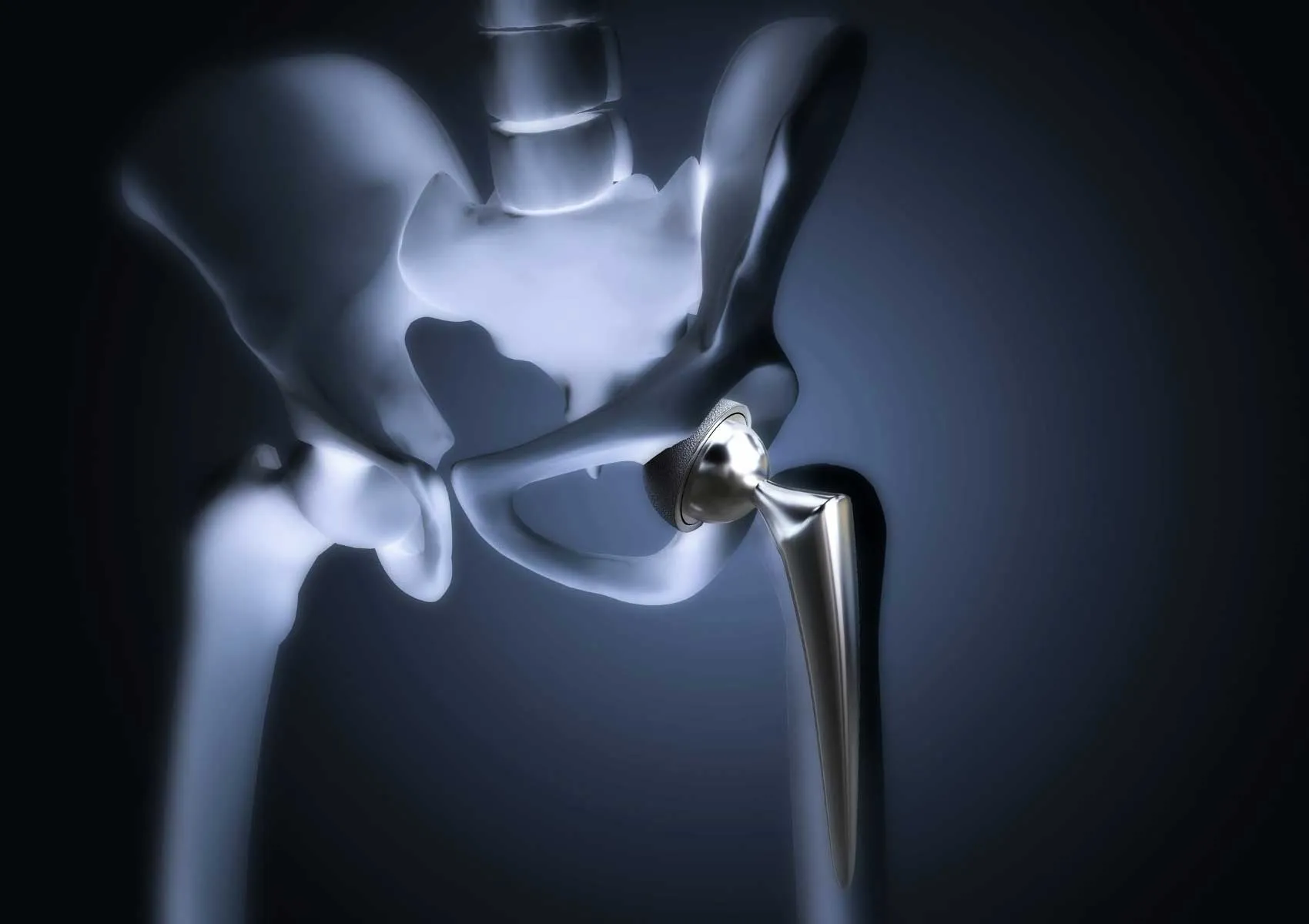Life After Total Hip Replacement
Life after total hip replacement surgery includes a significant improvement in quality of life. There are important points to consider during the recovery process, physical rehabilitation, and everyday activities. This article covers all details about life after total hip replacement, recovery phases, and recommendations.
The hip joint is one of the largest and most weight-bearing joints in the body. When wear and pain occur due to age, osteoarthritis, trauma, or other joint diseases, total hip replacement surgery emerges as a crucial treatment method. This surgery significantly reduces patients' pain, increases mobility, and enhances quality of life. However, there are many important aspects to consider during the postoperative life and adaptation period.
What is Hip Replacement Surgery?
Total hip replacement involves replacing the damaged hip joint with an artificial prosthesis. It is commonly performed due to osteoarthritis, rheumatoid arthritis, hip fractures, and some joint diseases. The prosthesis is composed of metal, ceramic, and polyethylene materials and renews both the femoral head and acetabulum.
Purpose and Applications of Total Hip Replacement
The main goal of the surgery is to reduce pain originating from the hip joint, increase joint range of motion, and enable the patient to perform daily activities more comfortably. Total hip replacement is especially preferred for older patients or cases with extensive joint damage.
The First Days After Surgery and the Recovery Process
In the first days after surgery, the patient remains hospitalized. Pain control, reducing infection risk, and early mobilization are the main objectives. Light exercises guided by a physical therapist start within the first 24 to 48 hours. Heel and knee movements and simple exercises to reduce swelling become important during this period. Patients usually begin to get out of bed and start walking within 1-2 days.
Physical Activity and Exercises After Total Hip Replacement
Physical rehabilitation is key to the success after prosthesis placement. Regular exercises to strengthen muscles around the hip and to maintain joint range of motion are necessary. Low-impact activities such as light walking, cycling, and swimming are recommended. High-impact and sudden movement activities that might harm the prosthesis should be avoided. Prolonged sitting, squatting, and crossing the legs are prohibited in the first months.
Important Considerations in Daily Life
Patients with total hip prostheses must pay attention to various aspects in daily life. Especially within the first 3 months, preventing falls is critical. Careful attention is needed when climbing or descending stairs, and functional supports should be used when necessary. Bending forward to pick up objects from the ground should be limited, and knees should be kept above hip level. Additionally, weight management is crucial to reduce burden on the joint.
Long-Term Care and Longevity of the Prosthesis
With proper care and attention, total hip prostheses can function without issues for 15-20 years or more. Regular doctor check-ups are necessary to evaluate the position of the prosthesis. Avoiding excessive loads and sudden movements positively affects the longevity of the prosthesis. Complications such as infection and low-grade loosening can occur; symptoms must be monitored and early intervention is essential.
Possible Complications and Their Management
Although hip replacement surgeries are generally safe, some complications can arise. These include infections, deep vein thrombosis, prosthesis loosening, dislocation, and nerve injuries. Infections may require antibiotic treatment or repeated surgeries. Thromboprophylaxis is applied after surgery to prevent deep vein thrombosis. Moreover, patients should avoid movements that stress the prosthesis to reduce the risk of dislocation.
Life after total hip replacement becomes quite comfortable with appropriate surgical technique, correct rehabilitation, and lifestyle adjustments by the patient. This process is successful when the patient is well informed and cooperates with the physician and physical therapist. Thanks to the mobility facilitated by the hip prosthesis, patients can carry out daily activities pain-free and with ease.
FAQ
-
How soon after total hip replacement surgery can I start walking?
Most patients begin walking with a physical therapist’s assistance 1-2 days after surgery. Use of a walker or cane is recommended in the initial days.
-
What activities are recommended after hip replacement?
Low-impact sports such as walking, swimming, and cycling are advised. High-impact activities like running, football, or heavy lifting should be avoided.
-
Why is losing weight important after surgery?
Reducing body weight decreases the load on the hip joint and extends the prosthesis’s lifespan. It also alleviates joint pain.
-
How long does a hip prosthesis last?
Total hip prostheses typically last 15-20 years or longer, though this depends on the patient’s age, lifestyle, and prosthesis care.
-
Can the prosthesis become dislocated?
Although there is a risk, dislocation can be prevented by following recommended movements and avoiding falls. It is especially important to adhere to the surgeon’s advice during the initial months.

